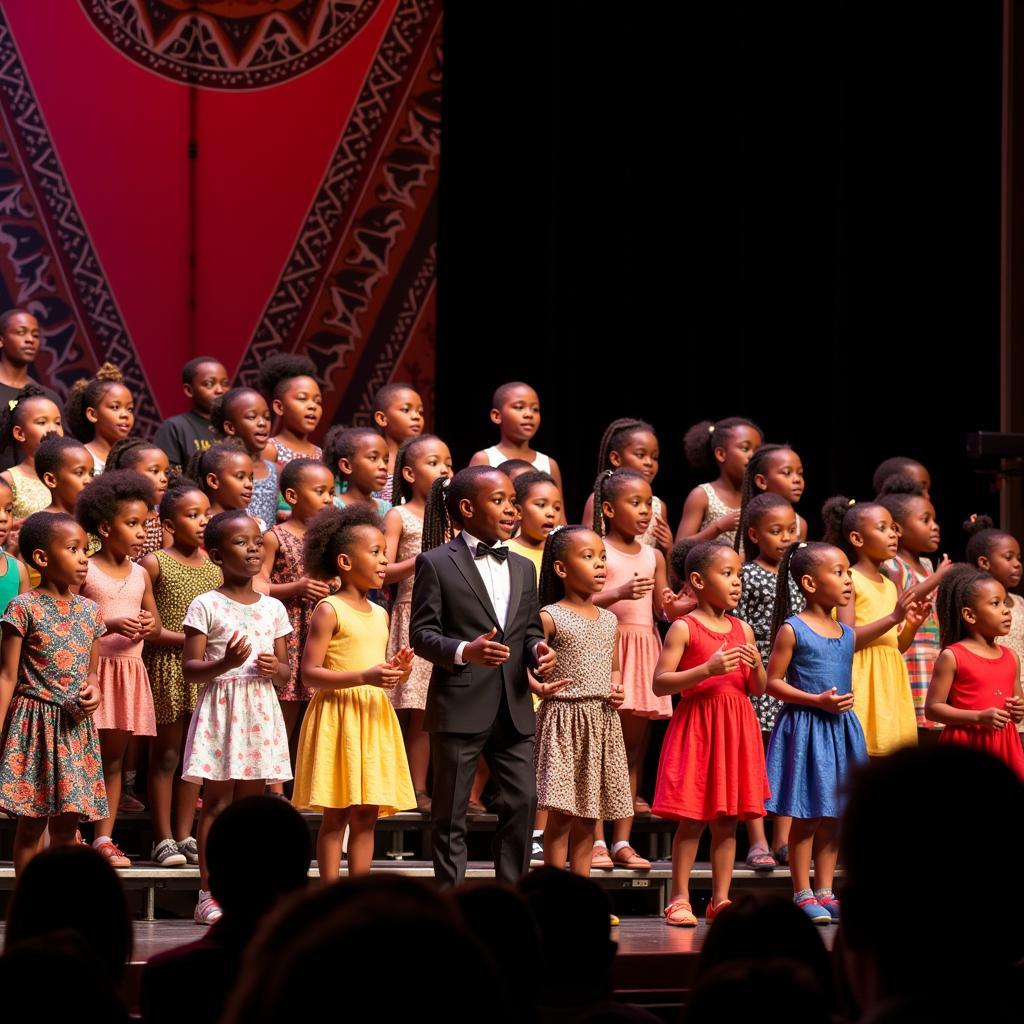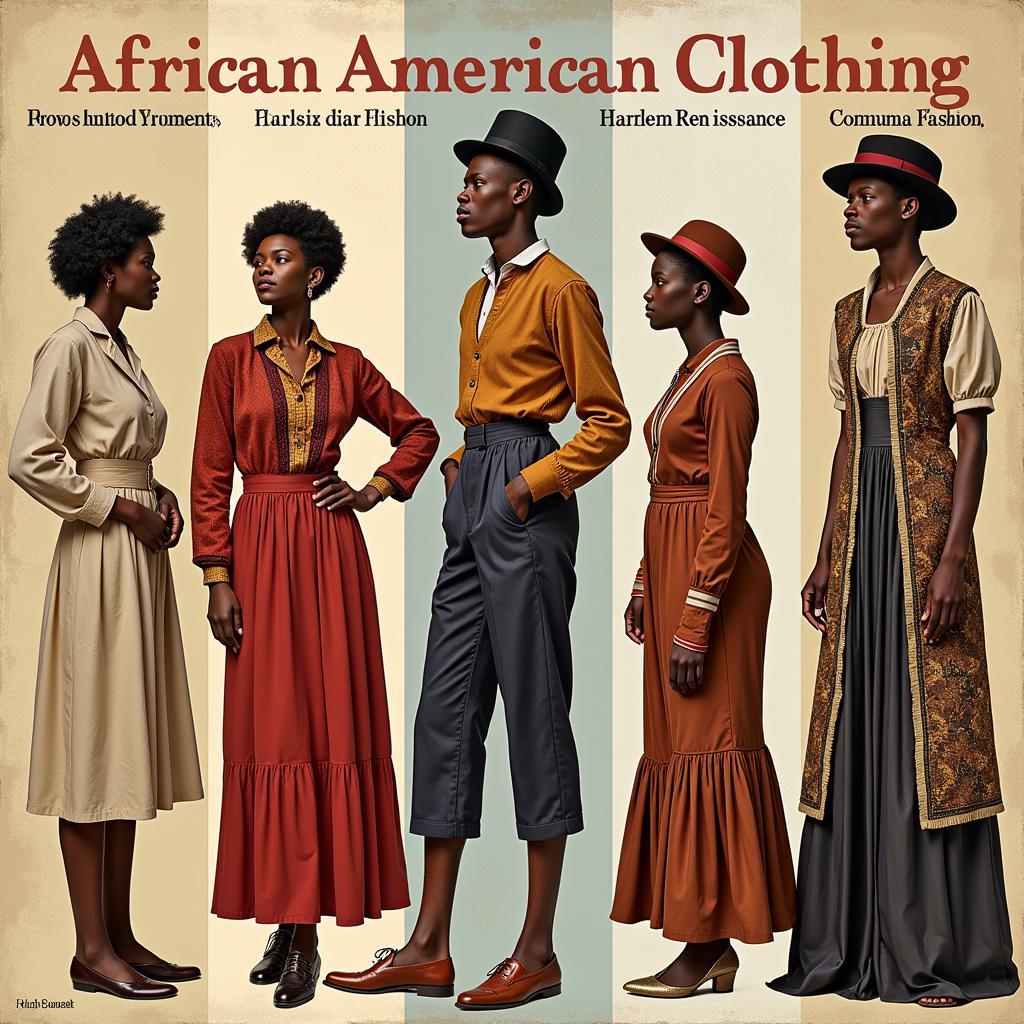The Majesty of an African Elephant Meeting
Witnessing an African Elephant Meeting is a truly unforgettable experience. These gentle giants exhibit complex social behaviors, and their interactions are a testament to their intelligence and emotional depth. From the low rumbles of greeting to the playful sparring of young calves, an African elephant meeting is a window into the heart of these magnificent creatures. This article will delve into the intricacies of these encounters, exploring the communication, social structures, and the vital role these meetings play in the survival of African elephants. After reading this, you’ll have a deeper appreciation for the fascinating world of these intelligent animals.
Understanding African Elephant Social Dynamics
African elephants are highly social animals, living in complex matriarchal societies led by the oldest and most experienced female, the matriarch. These herds can range in size from a few individuals to several dozen, and they often consist of related females and their offspring. Males, on the other hand, typically leave the herd upon reaching adolescence and live either solitary lives or form smaller bachelor groups. An African elephant meeting, therefore, can take many forms, each with its own unique significance.
Within the herd, communication is constant and multifaceted. Elephants communicate through a variety of vocalizations, including trumpets, rumbles, and roars. They also use infrasound, low-frequency sounds that travel long distances, allowing them to communicate with other herds or individuals miles away. Physical touch is another crucial element of communication, with elephants frequently using their trunks to greet, caress, and even discipline one another.
After a long day foraging, the herd gathers, and the matriarch guides them to a watering hole. This is a prime opportunity for an African elephant meeting, where family members reconnect and strengthen their bonds. The calves playfully chase each other, while the older females share gentle touches and low rumbles, reinforcing the social fabric of the herd.
The Significance of African Elephant Meetings for Survival
African elephant meetings are not just social gatherings; they are essential for the survival of the species. These encounters provide opportunities for young elephants to learn vital skills from older, more experienced individuals. Calves observe their mothers and other herd members foraging, navigating their environment, and interacting with other animals. They learn how to identify predators, find food and water sources, and navigate the complex social dynamics of the herd.
These meetings also play a crucial role in maintaining genetic diversity within elephant populations. When different herds encounter each other, it provides an opportunity for breeding, preventing inbreeding and ensuring the long-term health of the species. This exchange of genetic material is vital for the overall resilience of African elephant populations.
For solitary males, African elephant meetings can be opportunities to establish dominance hierarchies and compete for mating opportunities. While these encounters can sometimes involve aggressive displays, they are also essential for maintaining the natural balance within elephant populations. These meetings ensure that the strongest and healthiest males have the opportunity to pass on their genes to the next generation. You can explore similar themes in our article on the African gorilla tour savannah safari.
What Happens During an African Elephant Meeting?
An African elephant meeting can involve a wide range of behaviors, depending on the individuals involved and the context of the encounter. Greetings between herd members are often characterized by gentle trunk touches, low rumbles, and sometimes even intertwining of trunks. These interactions reinforce social bonds and reaffirm the hierarchical structure within the herd.
“Observing the intricate communication between elephants is truly humbling,” says Dr. Anika Nkosi, a renowned elephant biologist. “Their interactions reveal a level of intelligence and emotional complexity that is simply remarkable.”
When different herds encounter each other, the interaction can be more cautious. The matriarchs of each herd will assess the situation, communicating through low-frequency rumbles and careful observation. If the herds are familiar with each other, the meeting may proceed peacefully, with individuals from both groups intermingling and sharing resources. However, if the herds are unfamiliar or if resources are scarce, the encounter can become more tense, with displays of dominance and even aggressive interactions.
Conclusion
An African elephant meeting is a powerful reminder of the intricate social lives and intelligence of these magnificent creatures. These encounters are essential for their survival, providing opportunities for learning, communication, and maintaining genetic diversity. By understanding the complexities of these interactions, we can gain a deeper appreciation for the vital role elephants play in the African ecosystem and work towards their continued conservation. For those interested in the broader African savanna, our African baboob tree article might be of interest.
FAQ
- How do elephants communicate during a meeting? They use a combination of vocalizations, infrasound, and physical touch.
- What is the role of the matriarch in an elephant meeting? The matriarch leads the herd and makes decisions about the group’s movements and interactions.
- Why are African elephant meetings important for survival? They facilitate learning, communication, and genetic diversity within elephant populations.
- How do male elephants interact during meetings? Male interactions can range from establishing dominance hierarchies to competing for mating opportunities.
- What can I learn from observing an African elephant meeting? You can gain a deeper understanding of elephant social dynamics, communication, and the importance of these encounters for their survival.
- Are there resources available for further learning about African elephants? Yes, numerous books, documentaries, and research papers provide in-depth information about African elephants.
- How can I contribute to elephant conservation efforts? Supporting conservation organizations and advocating for policies that protect elephant habitats are important steps.
Other questions that might arise:
- How do elephant meetings differ between forest and savanna elephants?
- What are the long-term impacts of habitat loss on elephant social structures?
- How do human activities influence elephant meeting patterns?
Related articles on our website:
- African grassland wallpaper
- African american eye contact
- African forest elephant zoo tycoon xbox one
Contact us
For any further assistance, please contact us via Phone: +255768904061, Email: [email protected] or visit us at Mbarali DC Mawindi, Kangaga, Tanzania. We have a 24/7 customer support team.



